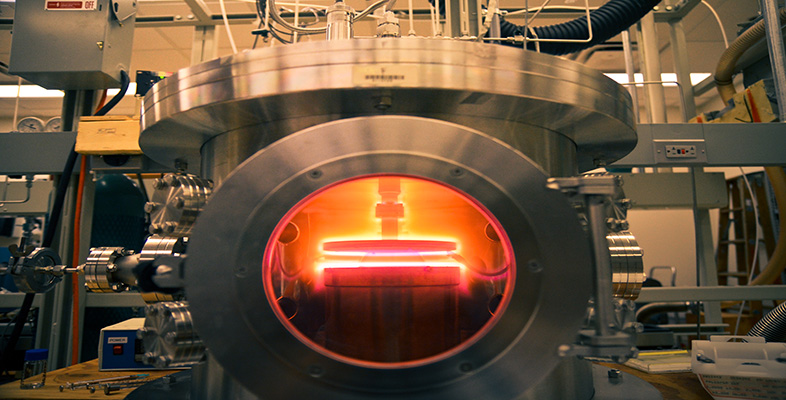5 Sudden temperature effects
5.1 Sudden changes
The third category of thermal effects identified in Section 2 are those associated with sudden changes. Here are some technically important examples where things change suddenly at a particular temperature:
Pure water boils at 100 °C (at atmospheric pressure).
An alloy of neodymium, iron and boron (sometimes written NdFeB, although this is not a quantitative chemical formula) that is widely used for permanent magnets in small, compact motors will lose its magnetisation when heated beyond 450 °C.
Pure gold melts at 1063 °C (at atmospheric pressure).
Silver and oxygen spontaneously combine to form silver oxide if the temperature is less than 1530 °C, although the rate of oxidation is extremely slow at ambient temperature. Above 1530 °C the reverse process is spontaneous and silver oxide decomposes into its component parts.
The compound yttrium-barium-copper oxide (YBCO, pronounced 'ibco') loses all its electrical resistivity below about −180 °C (i.e. it becomes a superconductor).
In each of these examples matter is undergoing a change of phase. Establishing a little more precisely what that means is the goal of Section 5.2. After that, we'll see if there is any scope here for devising thermal cut-outs.
